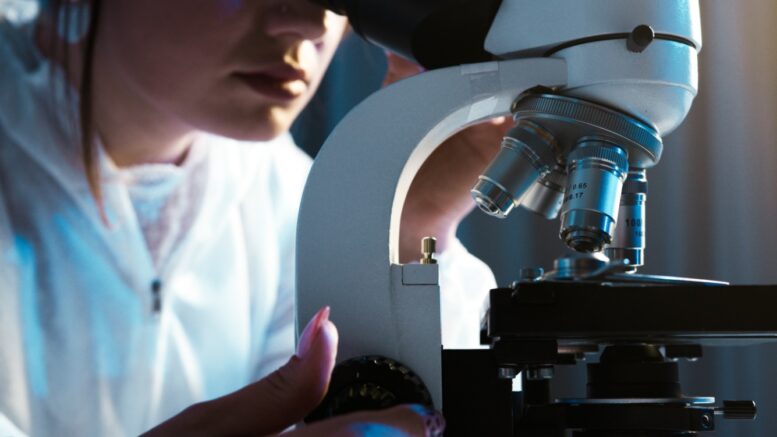When it comes to conducting research or clinical studies, selecting the appropriate type of tissue is critical. Tissue samples can be obtained either as Fresh-Frozen (FF) or Formalin-Fixed Paraffin-Embedded (FFPE), with each technique having its own set of advantages and disadvantages.
In this blog, we will explore FFPE vs frozen tissue, why it is essential to choose the right type, and how to decide which one will meet your specific requirements and research goals. We will also discuss how you can find each type of tissue and order samples through a biospecimen bank.
What is FFPE tissue, and what are its advantages and disadvantages?
FFPE is a technique in which tissue samples are fixed in formalin, embedded in paraffin, and cut into thin sections for examination under a microscope. The primary advantage of FFPE tissue is that it provides preserved tissue samples that can be stored for long periods, making it an excellent option for retrospective studies. FFPE tissue can also be conveniently transported over long distances, making it a preferred choice for clinical studies. However, the disadvantage of FFPE tissue is that the fixation process can cause cross-linking or degradation of nucleic acids, which affects the quality and quantity of DNA and RNA retrieved from the tissue.
What is frozen tissue, and what are its pros and cons?
Frozen tissue is obtained by immediately freezing a sample after removal from the body. The preservation of the tissue in its native state makes frozen tissue ideal for genomic and proteomic studies. The rapid freezing process helps to maintain the integrity of the tissue, ensuring better quality and quantity of DNA and RNA. The disadvantage of frozen tissue is that it requires immediate storage in a freezer, which can impact sample quality if any transportation delays occur.
What’s the right type of tissue for you?
Choosing the right type of tissue depends on the research question, the study design, and the availability of the tissue. Think about what you intend to do with your tissue samples, whether it is for diagnostic purposes, research, or both. If you need long-term storage, FFPE is a better option, whereas if you need high-quality DNA or RNA, frozen tissue is the way to go.
How do you find FFPE and frozen tissue?
Finding FFPE and frozen tissue samples for your research or clinical study can be challenging, but biospecimen banks can help. Biospecimen banks provide a wide range of tissue samples that have been meticulously collected and stored to preserve their quality. Tissue samples are collected from various sources, including surgery tissues, autopsy tissues, biopsies, and much more. A reliable biospecimen bank offers various options tailored to meet your specific research goals.
Consider Your Goals to Choose the Right Type of Tissue
Choosing the right type of tissue samples for your research depends on your study design, research question, and timeline. While FFPE is preferable for long-term storage, frozen tissue is the ideal choice for studies that require high-quality DNA or RNA. By carefully considering your research goals and needs, you can decide which type of tissue is best for your studies.
Remember that finding high-quality tissue samples can be challenging, but biospecimen banks can provide a solution. With the right tissue samples, you can conduct more precise and accurate research that will lead to important discoveries and breakthroughs.
